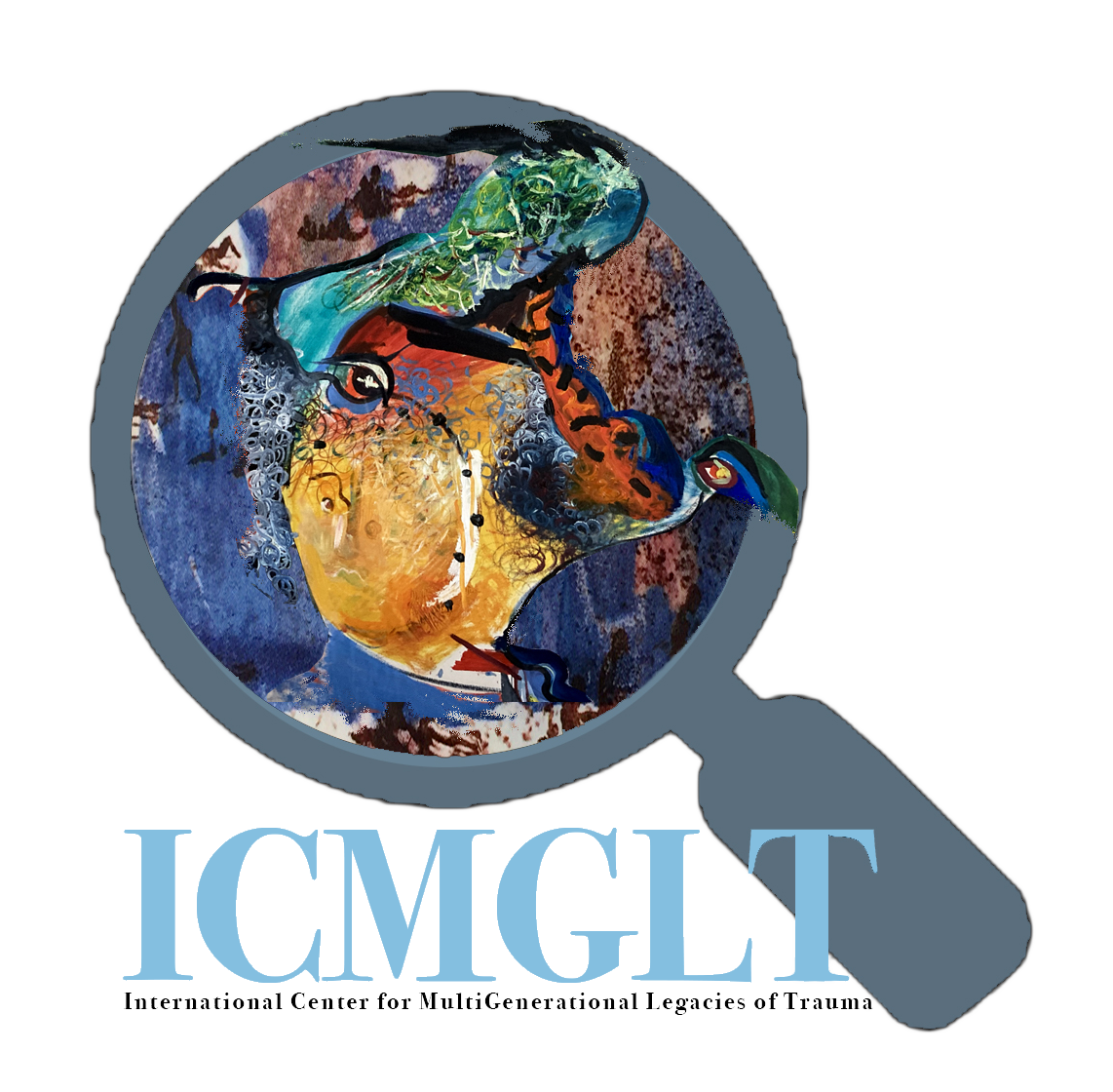Analysis of ten Eurasian individuals, up to 7,500 years old, gives a new picture of movement across continents
Whether by walking a land bridge or traveling by boat, hunter-gatherers ventured out from eastern Eurasia some 20,000 to 30,000 years ago to become the first Americans. But the intercontinental journey wasn’t a one-way trip. Several times in history, genetic studies show, Native Americans returned across the Bering Strait to Eurasia—long before Europeans began arriving in distant parts of the Americas.
Now, new genetic research is mapping out those ancient migrations back and forth across the Bering Strait and elsewhere across Eurasia during key periods of human prehistory. Scientists have recently recovered ancient DNA from the well-preserved bones and teeth of ten eastern Eurasian individuals, from 7,500 to 500 years old, and they published their findings on Thursday in Current Biology. The new evidence helps show that from the coasts of America and Japan to the Siberian interior, some of our deep ancestors’ populations may have been more mobile and intermixed than anyone would have imagined.
Behold the World’s Smallest Monkey: The Pygmy Marmoset
Cosimo Posth, an archaeogenetics expert at the University of Tübingen, in Germany, and colleagues described the genomes of ten different individuals who lived in three key regions: Siberia’s Altai Mountains, the Kamchatka Peninsula and other parts of the Russian Far East. Environmental conditions—cold climates at high latitudes—allowed for optimal preservation of DNA that was hundreds to thousands of years old. “In these environments you can find individuals with 70 to 80 percent of human DNA in their bones, comparable to what you’d get if you extracted saliva from you or me,” says Posth. “You can actually generate a genome of the same quality as a modern genome. It’s amazing stuff.”
Analysis of the DNA from those ten individuals provided several key revelations about ancient migrations. First, the broad movements of ancient humans and cultures across Eurasia are evidenced by the discovery of an entirely new population that lived in Siberia’s Altai Mountains. That culture’s descendants, the authors show, were part of lineages that later helped populate both Europe and the Americas. Secondly, individuals of Japan’s Jomon culture, isolated in the archipelago for thousands of years, migrated back to the Asian mainland from which their ancestors came. And finally, Native Americans migrated back into Asia several times over a span of thousands of years.
The remains of some of the study’s oldest individuals, dated to some 7,500 years before present, are part of the previously unknown population of hunter-gatherers who lived in the Altai Mountains. Today this crossroads is a kind of Eurasian four corners where Russia, Mongolia, China and Kazakhstan border one another. Back in the early Holocene, at least 10,000 years ago, the Altai population lived in a region that was slowly warming. Posth’s analysis shows that this group was a genetic mixture of two distinct groups who lived in different parts of Siberia during the last Ice Age: the Paleo-Siberians and the Ancient North Eurasians. The Paleo-Siberian population contributed to the first wave of humans to cross into the Americas, and many Native Americans today can trace parts of their ancestry to this group. The ancient North Eurasian lineage first appears in a 24,000-year-old Mal’ta individual from the Lake Baikal region and over time made significant genetic contributions to nearly all European populations, and to later North American migrations as well.
Siberia’s Altai Mountains are the same region where the 2010 discovery of a fragmented finger bone turned out, after DNA analysis, to identify an entirely new species of close human relatives—the Denisovans. Their lineage, which existed from about 400,000 to about 30,000 years ago, has turned out to be a rather complicated one. In 2018, scientists learned that a 13-year-old girl, found in a mountain cave, was born to a Denisovan mother and a Neanderthal father, showing that different species not only crossed paths in the region but also interbred.
“This seems to also be a crucial region for us, for humans,” Posth says. “It might be that this was a corridor and crossroads for populations to mix.”
Posth was surprised by the scale of human migrations revealed by the diverse DNA. “I expected movement maybe from one valley to another, but here we’re talking about large-scale movement and mobility among these groups across vast areas of North Asia.” According to co-author Ke Wang, of China’s Fudan University, one individual in Nizhnetytkesken Cave was found with burial goods like stone points, ornaments and animal claws that may indicate religious overtones and the possible practice of shamanism. That 6,500-year-old individual’s genetic profile was different from his Altai region contemporaries and more akin to populations from the Russian Far East, suggesting he could have been from a genetically—and culturally—distant region.
These types of mixing migrations gave rise to the unique Altai population, and similar events can be traced in the genes of its descendants as well. For example, genetic evidence suggests this Altai hunter-gatherer population may be the source of the ancient North Eurasian ancestry uncovered in groups like the Tarim Basin mummies and the Bronze Age cultures of the Lake Baikal regionof southern Russia.
The study also revealed connections between the remains of 7,000-year-old individuals from the Russian Far East and the islands of Japan. The remains had significant amounts of ancestry related to the Jomon, a population of hunter-gatherers from the Japanese archipelago
Genomic analysis suggests that the Jomon, makers of a unique pottery, lived in relative isolation from between 20,000 to 15,000 years ago until almost 3,000 years ago, when the traditional hunter-gathers mixed with a new influx of rice growers in the islands. But the new study reveals that some Jomon left the islands for the mainland before that mixing, crossing the sea prior to 7,000 years ago.
The findings also reveal ancient comings and goings across the Bering Strait. Scientists have already stated that groups in Asia made at least three major migrations into the Americas—roughly 20,000, 5,000 and 1,000 years ago. But those events represent only half of the story; growing genetic and archaeological evidence reveals that some populations made a round-trip journey. The new study identifies the timing of some back migrations, and it shows they were extensive enough that Native American lineages stretch away from the coast, reaching the Kamchatka Peninsula and central Siberia.
Posth and colleagues compared the genomes of three 500-year-old individuals in the Kamchatka Peninsula with people living there today. “The 500-year-old individuals have significant amounts of Native American ancestry,” he says, “but those living in the same peninsula today have twice as much.”
That result means that some Native Americans had returned to Eurasia before 500 years ago, probably about 5,000 years ago, according to estimates of when the genetic lineages converged in the ancient specimens. And they also reveal that Native American peoples migrated across the Bering Strait more recently. Scientists can’t definitively say where those migrations originated; each of the Native American populations the group tested—the ancient Aleut, Athabaskan and Old Bering Sea lineages—could have worked as a proxy source for the genetic input.
Finding genetic evidence of Native Americans in Eurasia isn’t surprising, notes David Meltzer, an anthropologist at Southern Methodist University not involved with the study. “When Beringia [the land bridge] drowned approximately 12,000 years ago, that only meant it was no longer possible to walk from Northeast Asia to America. Starting around 6000 years ago, maybe slightly earlier, groups using watercraft readily crossed the Bering Sea.”
Previous genetic evidence found in both ancient remains and among contemporary Chukchi peoples of Siberia had already suggested that humans moved in both directions across the Bering Sea thousands of years ago. “What this new paper does,” says Meltzer, “is give us a better sense of the number and possible timing of episodes of back migration.”




